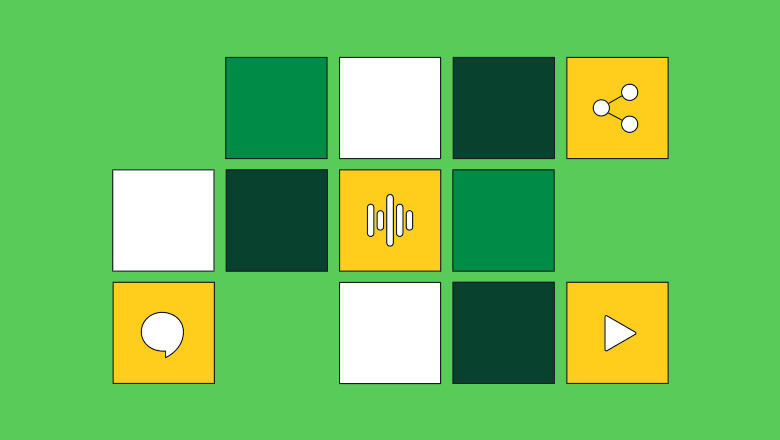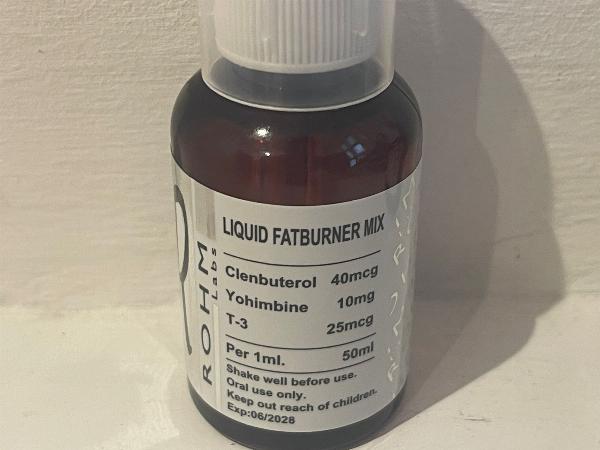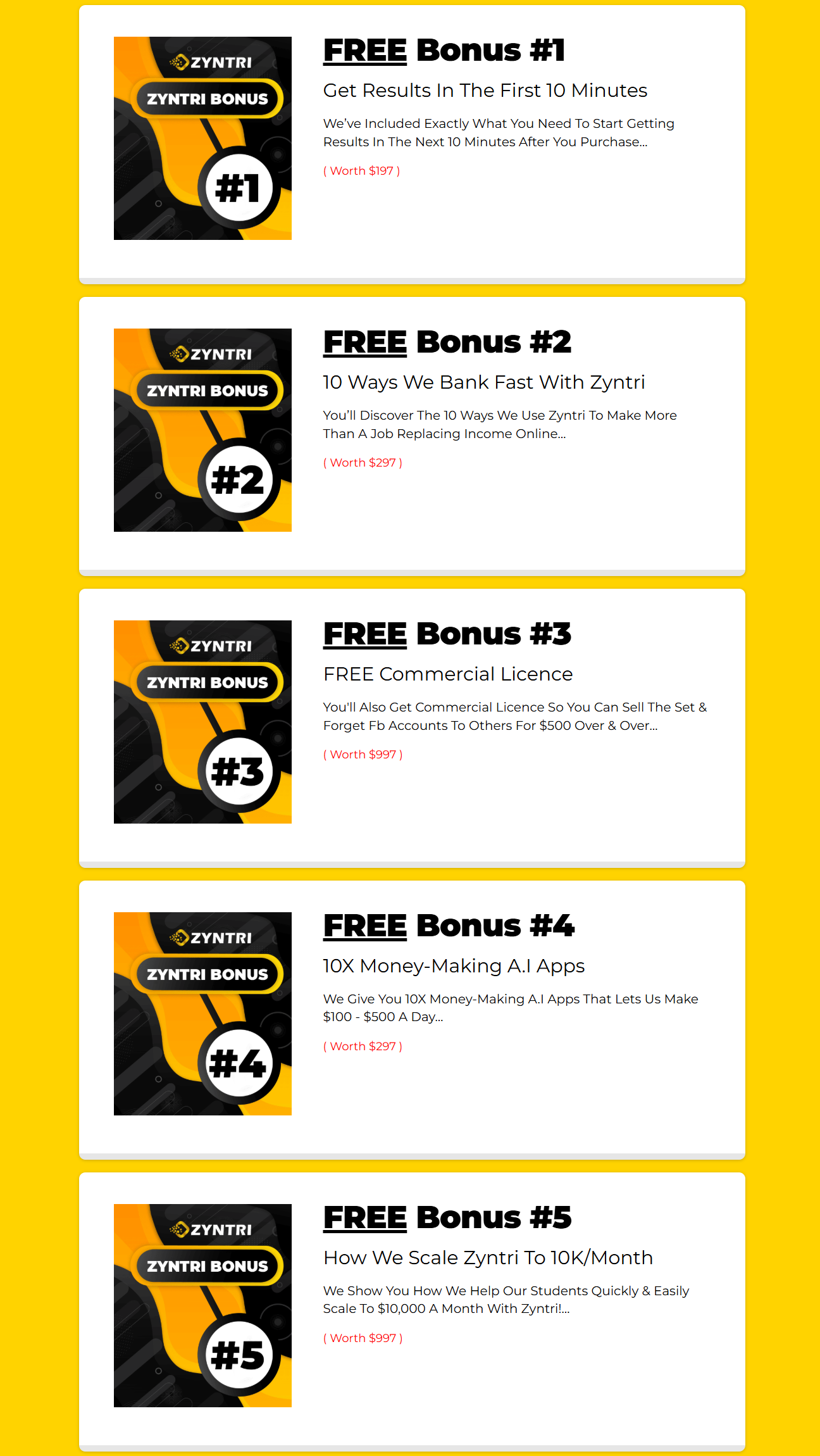Low tech, no problem: How Wordle mastered the game of firsts
“What’s your starting word?”
In a matter of weeks, this question has become the conversation starter for hundreds of thousands. At the center of it all is Wordle, a daily online word game that defies the laws of most modern digital distractions. Each day, players around the world try to guess the five-letter word of the day in six tries.
No app downloads or logins are required. No ads clutter the page. And once you complete the day’s round? You wait 24 hours for the next, just like everyone else.
With the news of Wordle's seven-figure acquisition, we dove in using Sprout Social’s Advanced Listening tool to explore how this lo-fi game became an inescapable phenomenon, particularly on social media.
How Wordle m-a-n-i-a began
Software engineer Josh Wardle quietly released Wordle in October 2021, intended as a game for his logophile partner. As reported by The New York Times, over 300,000 people were playing the game at the start of 2022 (up from 90 in November).
Players initially had no clear way of sharing their results from Wordle’s website with their peers or social networks–but that didn’t stop communities from forming. By early December, #dailyWordleClub emerged on Twitter for users to recount their victories, defeats and starting word strategies. Around that same time, a savvy New Zealand-based player came up with an elegant visual of communicating the day’s Wordle events. (It was so spot-on, Wardle eventually built the emoji-block score sharing functionality into the game.)
#dailyWordleClub Game 1🟩🟩🟨⬛⬛🟩🟩🟩⬛🟩🟩🟩🟩⬛🟩🟩🟩🟩🟩🟩
— Elizabeth S 😷 (@irihapeta) December 2, 2021














